By Frank Vandervort
“The reason for acting compassionately is to manifest your highest hopes for the world, regardless of the odds that the world will be transformed.” —Scott Russell Sanders, The Way of Imagination
The birds are exuberant this morning. By the dozens, tufted titmice, rose-breasted grosbeaks, cardinals, gold finches, black capped chickadees, blue jays, mourning doves, and an oriole sing and flit from branch to nearby branch in a riotous clamor just outside the living room windows. One of the delights of spring is the way one can luxuriate in the bookends of the day. Morning unfolds slowly as the light gathers until the sun crests the horizon, and then all at once the day bursts open like a flower. Evening lingers before the day finishes. It is at these times that I especially enjoy watching the birds come and go.
We live in a house built in 1958, in a mid-century modern style. We love it. It has large windows in every direction that “bring the outside in” as the architecture magazines would write. They allow natural light to flood every room and offer expansive views of the yard which is adorned with maple, white pine, oak, and paper birch trees. Robins bounce around on the ground plucking worms from beneath the duff while squirrels and chipmunks scurry about on their daily routines. A family of rabbits has made a home under the cedar that grows near the corner of the cantilevered deck. Some mornings, as I sit sipping coffee, I watch them nibble on the clover that grows in the side yard.
When we first moved here more than twenty years ago, we quickly attached bird feeders and a bath to the deck just outside the largest bank of windows. The birds gathered, jockeying and fighting for position, to gobble the sunflower and saffron seeds. Unfortunately, birds fleeing from the feeder when more aggressive species showed up began to crash into the windows.
The sound of a bird crashing into one of the windows, often hard enough to rattle it in its pane, is recognizable and, while not routine, is also not rare. At any given time, there are likely to be several blobs or splotches on the glass where birds have flown into one or another of the windows. After these collisions, tiny feathers often cling to the glass. As I write this, the outline of the entire underside of a bird (I don’t know what species) is discernable on one of the panes—its breast, tail and wings are easily traceable like the negative of a photograph.
In his classic essay, “The Land Ethic,” the naturalist-writer Aldo Leopold explains that the ethical land steward must expand “the boundaries of the community to include soils, waters, plants, and animals.” Reflecting on this, I came to see that, in our case, this notion of “bringing the outside in” can be a form of avarice. We want to live protected from the wind and rain and snow, with all the modern conveniences, heating and cooling systems, plush carpeting and comfortable couches, yet we want to feel as if we are living amid the trees and flowers and birds. “[A] land ethic,” Leopold writes,” changes the role of Homo Sapiens from conqueror of the land-community to plain member and citizen of it. It implies respect for his fellow members and also respect for the community.” The same windows that allow us to watch the cacophony of backyard wildlife also present a real hazard to the songbirds. By putting feeders and a bath near those windows, we exacerbated that hazard. We needed to be better members of the community. We removed the feeders, but the crashes continue, although less frequently.
This morning, sunlight pours through the northeast facing windows revealing them to be smudged and wearing a thick coat of raindrop-streaked dust. They are filthy! My impulse is to put down my book, grab a bottle of window cleaner, some paper towels, and go to work. Then, I stop myself.
One day recently, I was working in my office on the opposite side of the house when I heard the familiar sound. I came out to find a small bird lying on the deck beneath the window. I went out and hunkered down next to it. I could see that it was still breathing. I looked closely at its iridescent blue-green and black feathers. Tentatively, I touched its twig-like leg. I assumed that it would die. As I watched, it began to move just a bit. Then its eyes blinked a couple times. As carefully as I could, I ran my finger over the crown of its head, lightly touching its feathers. The bird sprang up and flew to a branch of a nearby cedar. Perched there, it shook its head several times looking punch drunk like a boxer who’d taken a heavy right hook to the jaw. Eventually, it flew off. I was relieved. I shouldn’t have been. According to research conducted by the American Bird Conservancy, 60% of birds that initially survive window collisions will ultimately die from the injuries they suffer. So, the chances are that it succumbed to its injuries.
Only a few days after that bird’s unsteady escape, another slammed into one of the dining room windows—the collision so loud I heard it two rooms away. I stepped outside to find a house wren lying on the sidewalk. It was obviously dead, lying on its back, its feet up in the air with its head turned to the right, precarious and twisted, its obsidian pebble eyes wide open.
Birds fly into glass, the Conservancy reports, because they are unable to “understand the concept of glass as an invisible barrier that can also be a mirror.” Rather, they perceive the reflections of the sky and the trees they see in windows as a continuation of the space they currently occupy. As a result of that inability to distinguish the reflective capacities of glass, the Conservancy estimates that 360-980 million birds are killed each year by colliding with it, whether residential windows like ours or the sides of glass office towers and apartment buildings. In a single night in early October 2023, nearly 1000 birds died after crashing into McCormick Place, the steel and glass convention center on Chicago’s lakefront. Since 1970, such crashes are a leading cause of the overall reduction of North America’s bird population.
Writing in the journal Science in 2019, a team of researchers from some of our [country’s] leading avian study centers estimated that one in four birds that “span diverse ecological and taxonomic groups” have been lost in the past five decades, an overall population reduction of some three billion. Nearly 60% of species have seen a decline. Even more troubling, 70 species have lost two-thirds of their population, and the Conservancy estimates that without critical changes, bird populations may be reduced by another 50% over the next half-century.
Online sources we consulted suggested several ways to reduce the number of bird-glass collisions. Following some advice, we attached decals to the windows, but that didn’t work. The collisions continued. Then I read that birds are more likely to fly into clean windows than dirty ones because dirty windows are less reflective. It has helped. It’s been years now since we’ve cleaned our windows thoroughly.
Still, one day last October—the time of year when the windows are their dirtiest—we had just returned from shopping and were putting away groceries when there was an especially loud crash against one of the living room windows. I stepped out onto the deck to find a yellow-bellied sap sucker laying on its back, its wings folded around its pale-yellow undercarriage, leaking blood from its beak and eyes. My heart sank. As with the others, I gathered it up and carried it into the yard where I placed it on the ground beneath a clump of wilting golden rod.
A few weeks later, when the fall migration was complete and winter was approaching, I gave the windows a light cleaning, wiping away the worst of the accumulated dirt. I hoped that by the time the spring migration rolled around they would accumulate enough dust and dirt to prevent most crashes.
One lovely mid-morning early this spring, I returned from running to find a small bird lying on the deck, motionless. Its torso was a vibrant cobalt blue, its wings and square-tipped tail mostly black. Its gray beak was closed tight, claws curled as if clinging onto a branch. I pulled my Peterson’s Field Guide from the shelf and determined that it was a male indigo bunting, a member of the finch family, and a beautiful little bird.
There is a growing movement to encourage or mandate through building codes some kinds of solutions to help our bird friends avoid colliding with the windows in our houses, but there are a number of things homeowners can do now to prevent window crashes:
There are a host of window coverings on the market typically in the form of curtains, thin films, or adhesive dots that can help to prevent crashes.
Some have found windsocks or pinwheels useful.
Curtains and blinds can be helpful.
When building or remodeling, using bird-friendly design (e.g., specialized glass) is effective.
When a thousand birds can die in a single night from crashing into a single building, when perhaps a billion die this way each year, it can seem futile to make the effort. But it is what I can do, and given the ravages of the Anthropocene, I feel a moral obligation to do what I can. That is what it means to be a conscientious member of the community. So, for now, I’ll sit back and enjoy the morning, read my book, and hope the dirty windows prevent any birds from crashing. Come November, maybe I’ll give them a wipe.
Frank Vandervort is a writer, lawyer, and law professor. He enjoys being in and writing about the outdoors. His writing has appeared in Michigan History Magazine, The Boardman Review, and Bridge Michigan among other outlets. He lives in Ypsilanti Township, and rarely cleans his house windows.
Related Articles:






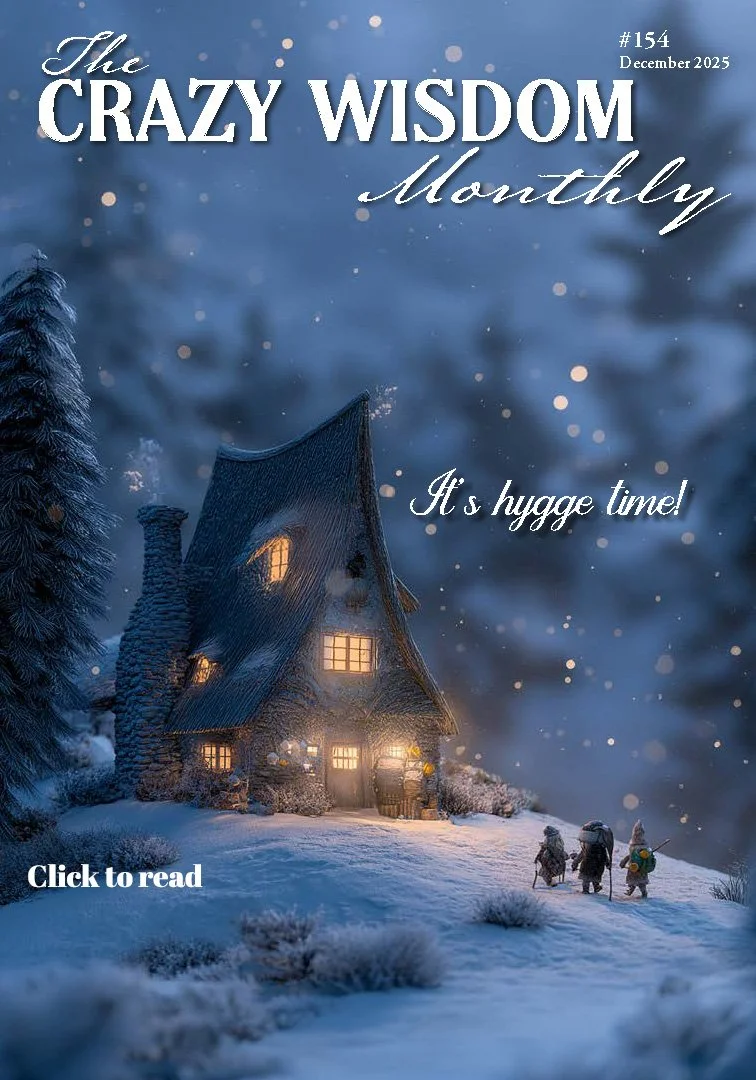
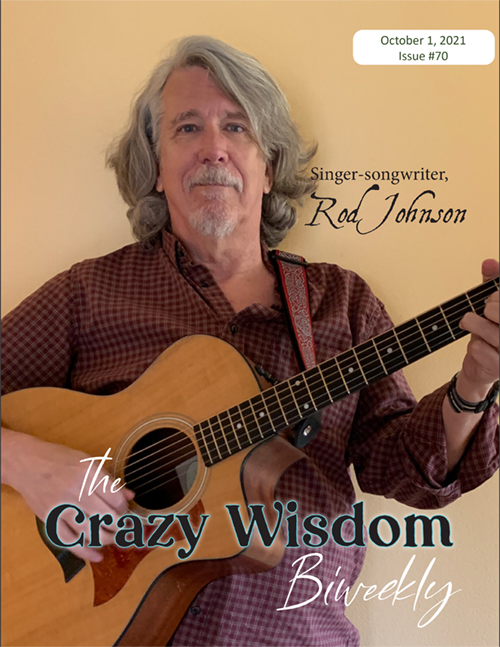
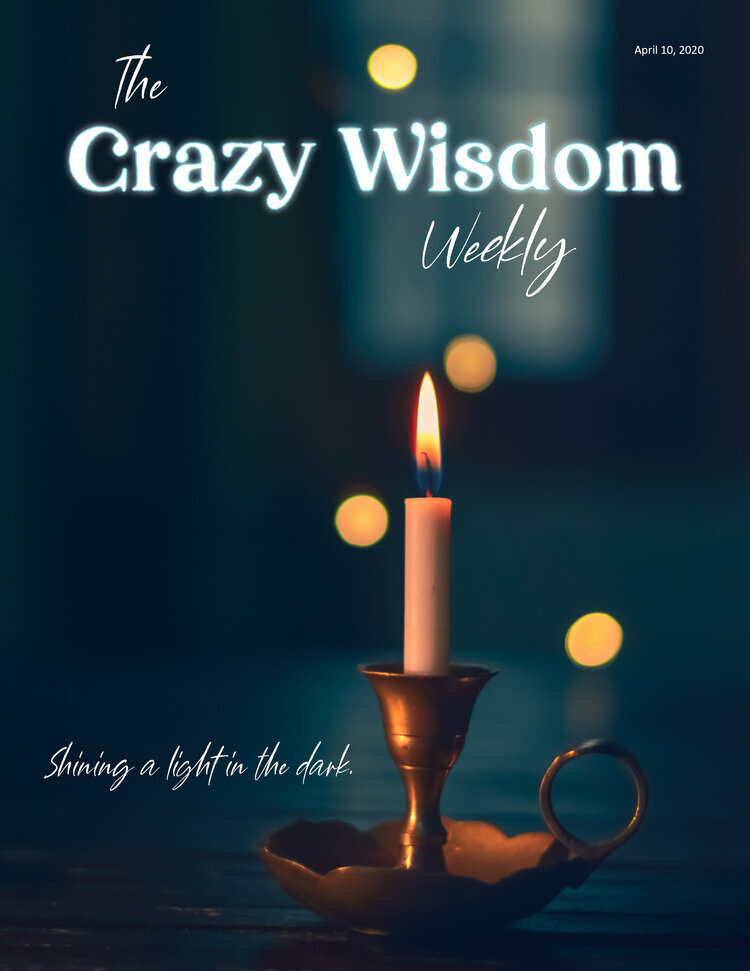
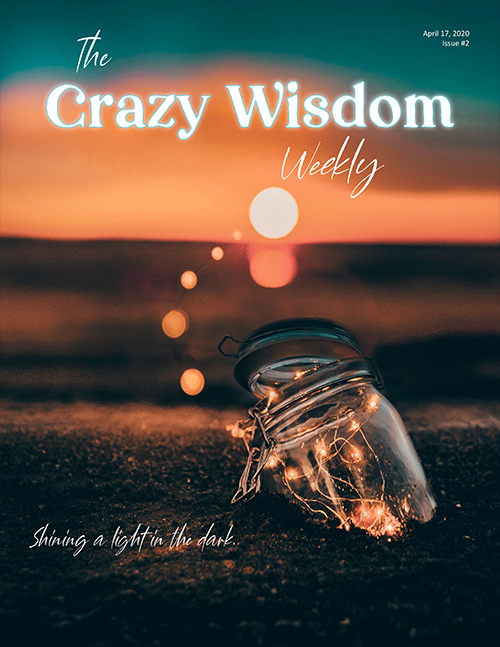
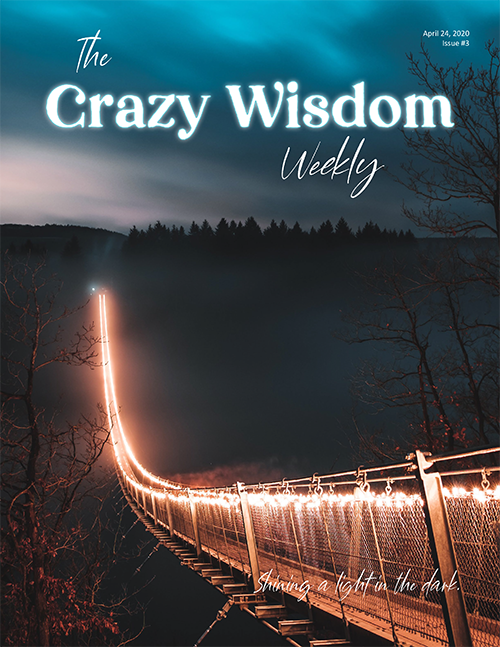


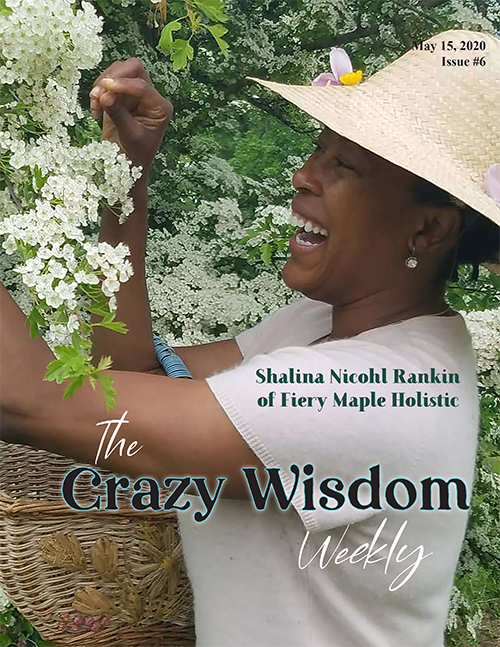
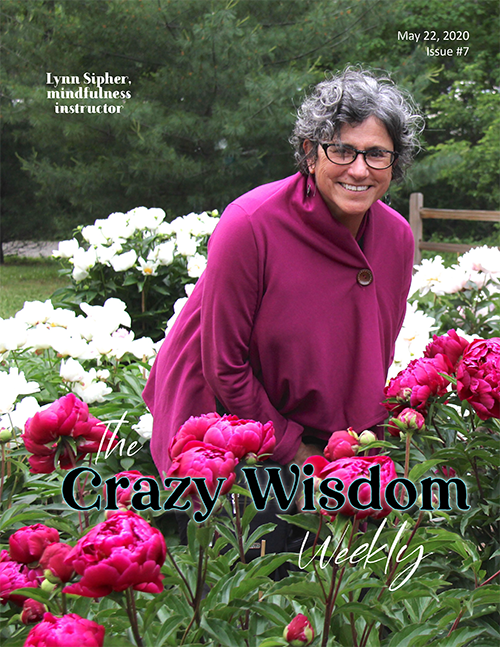











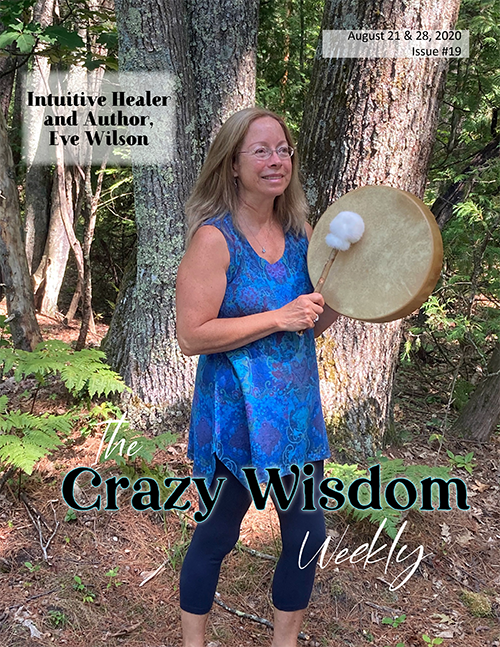






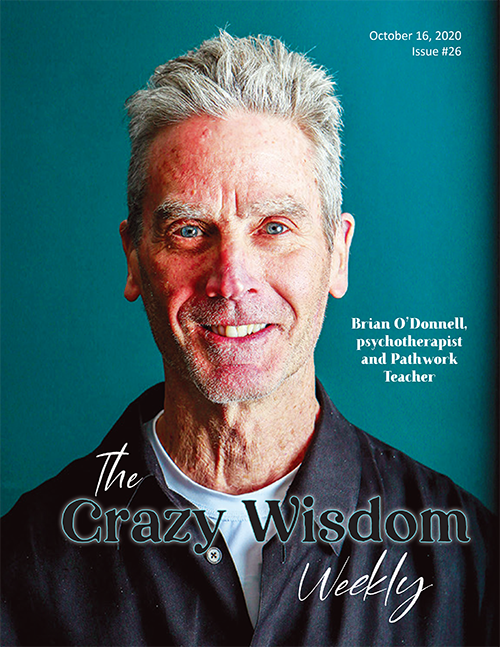

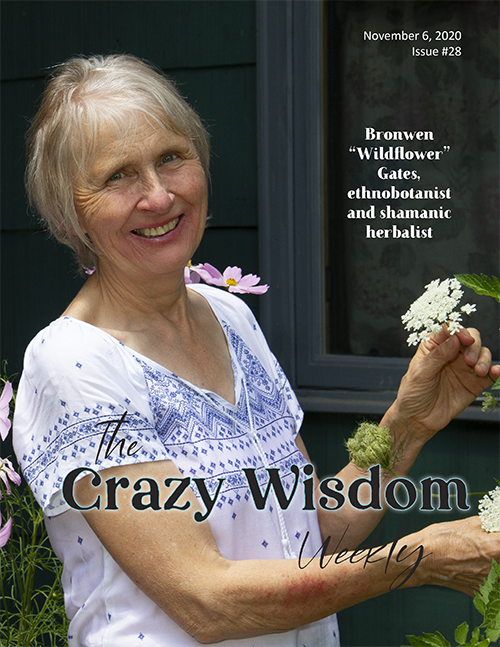
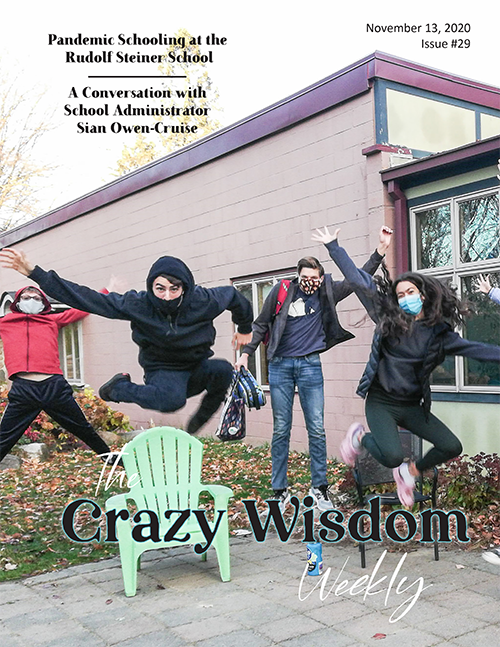




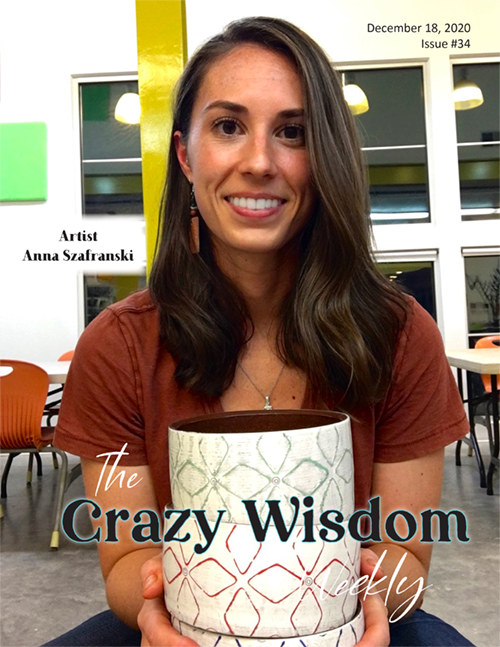
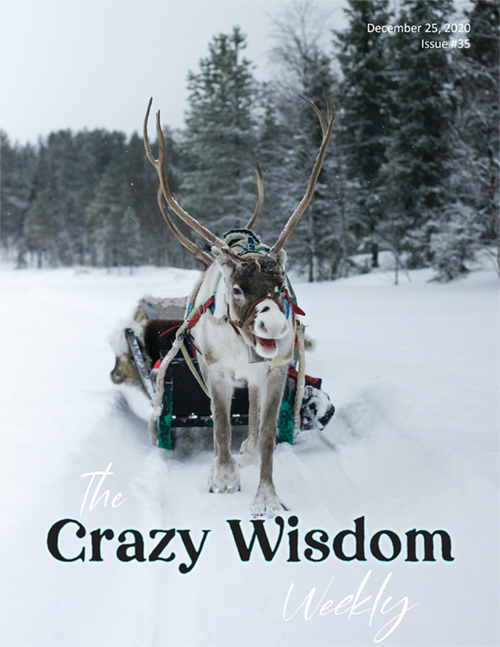






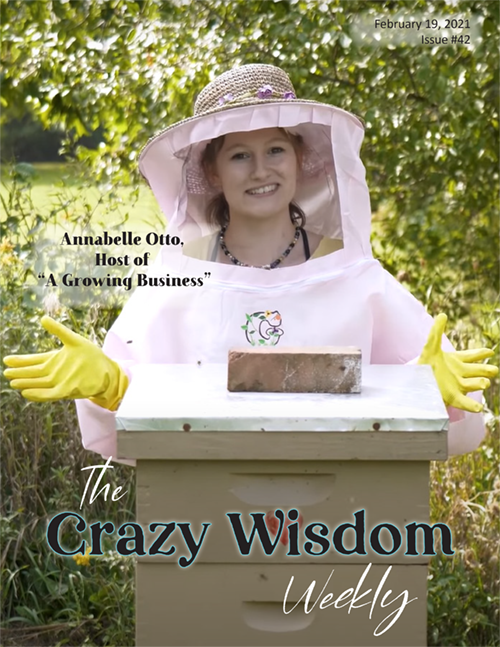


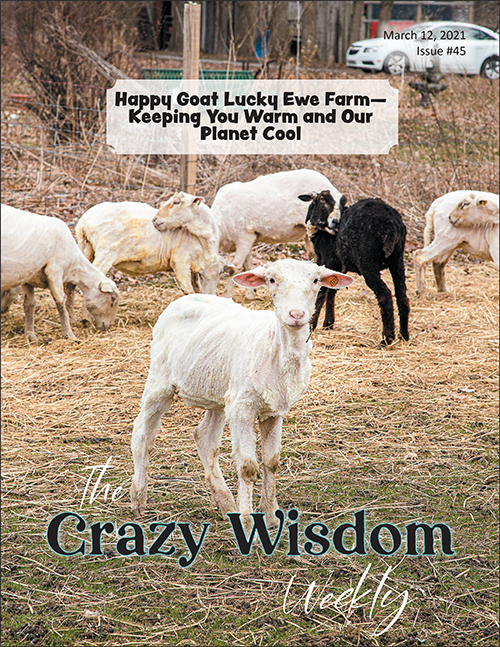

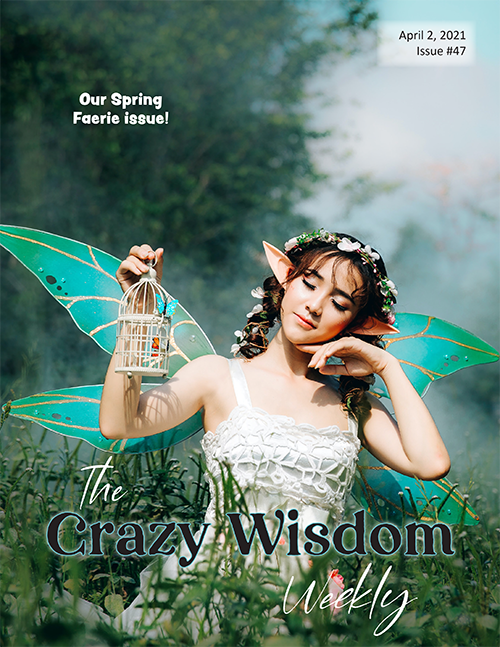
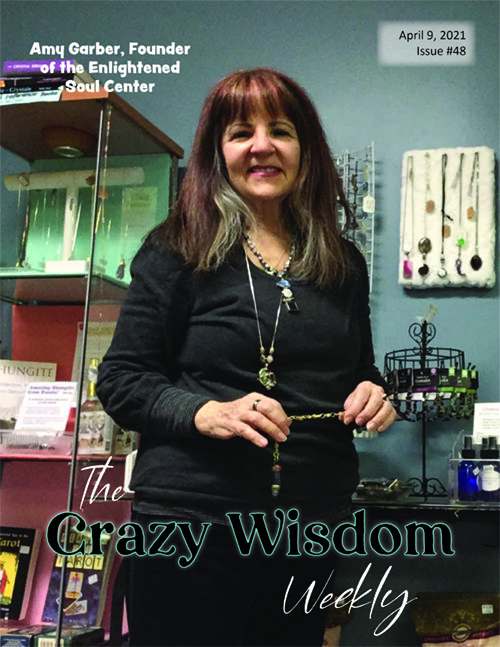

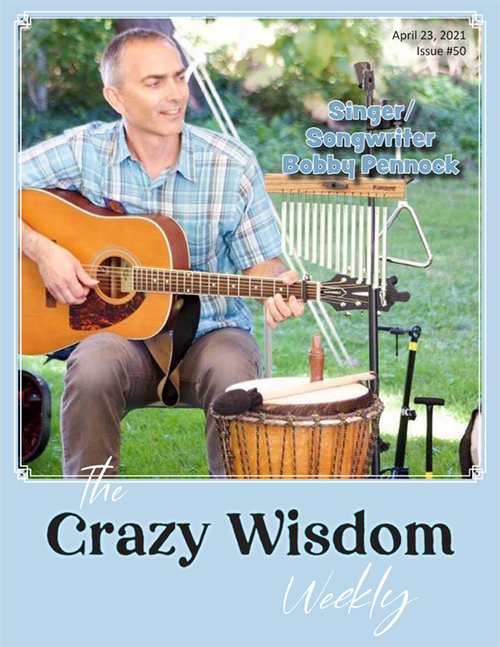
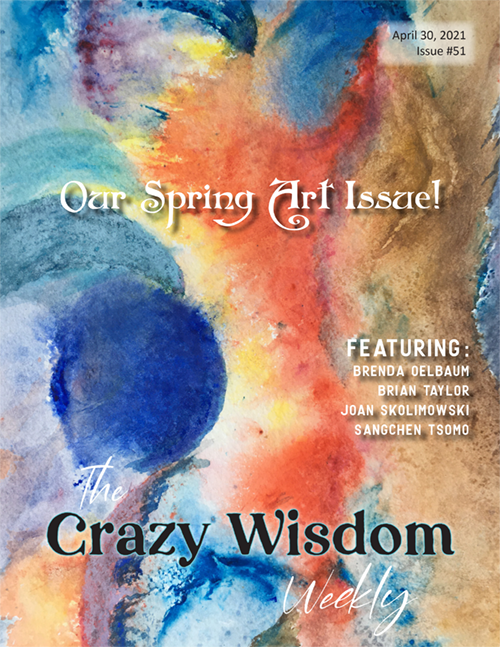





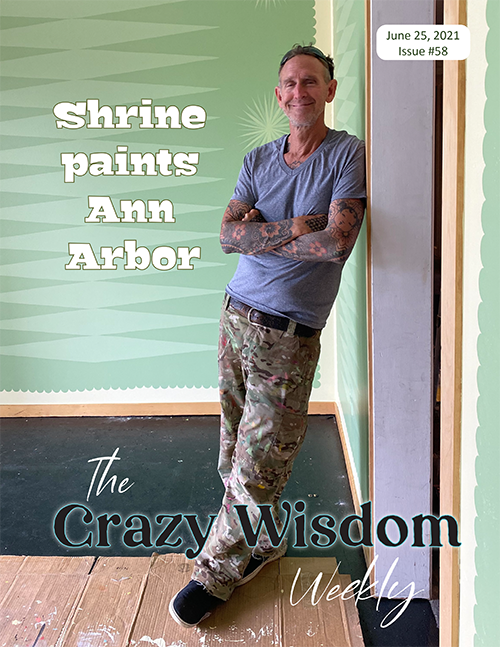




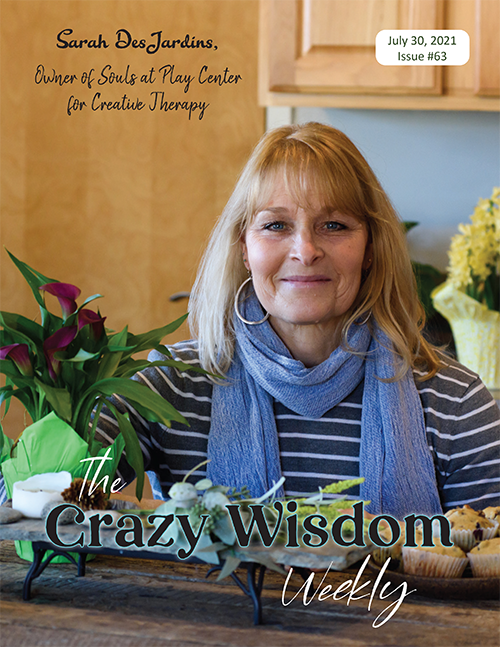



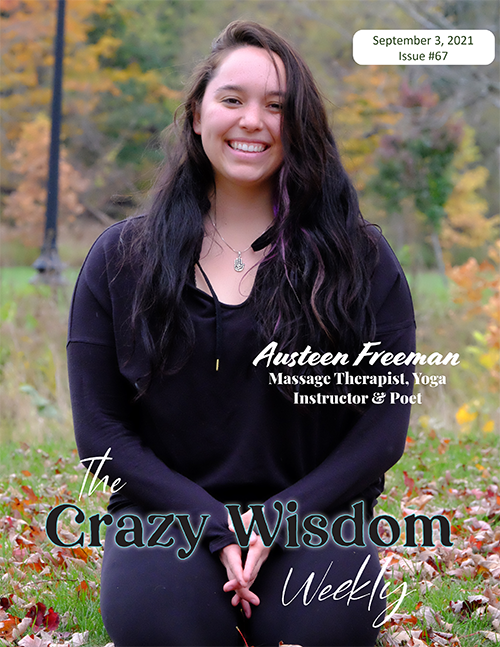
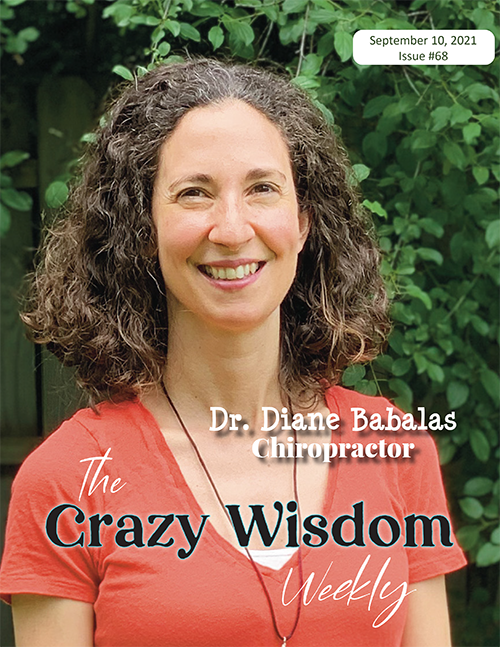

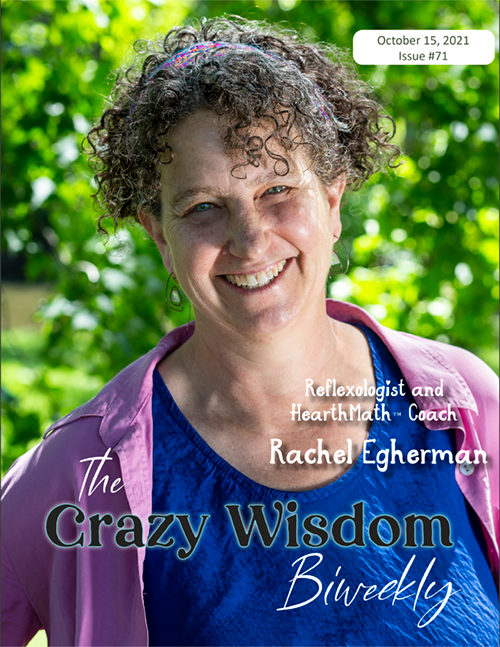
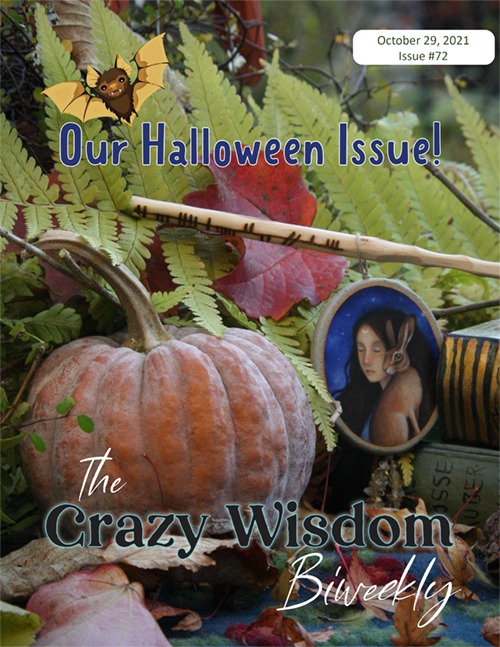
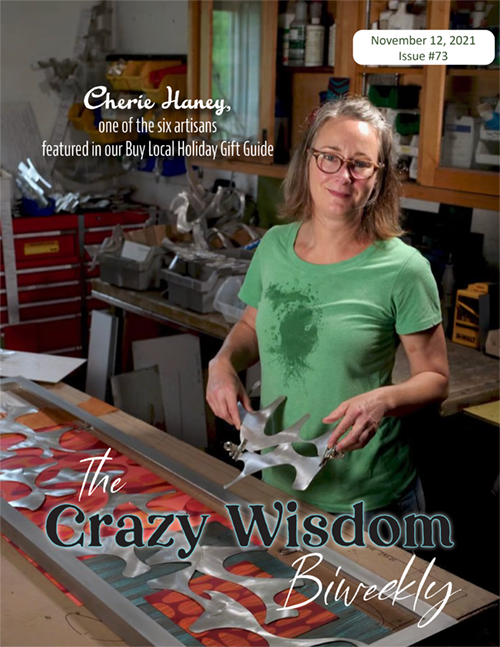

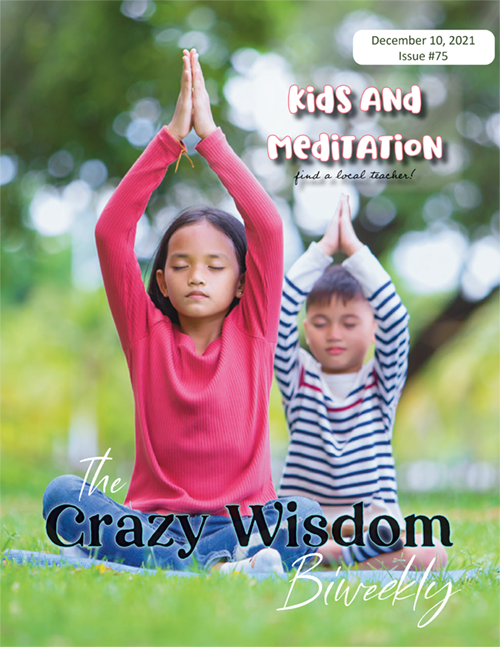
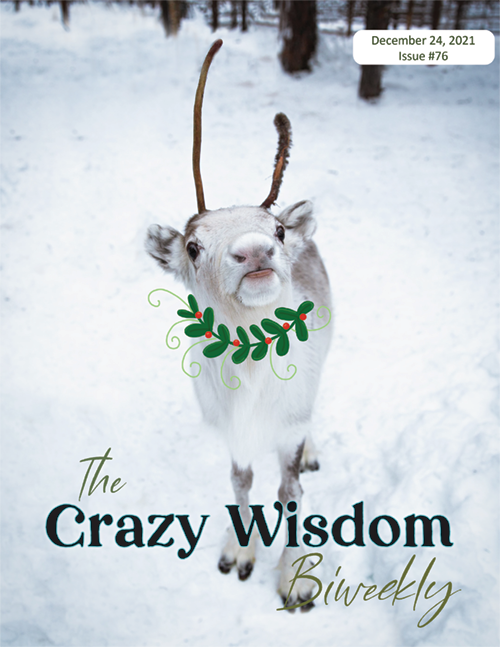

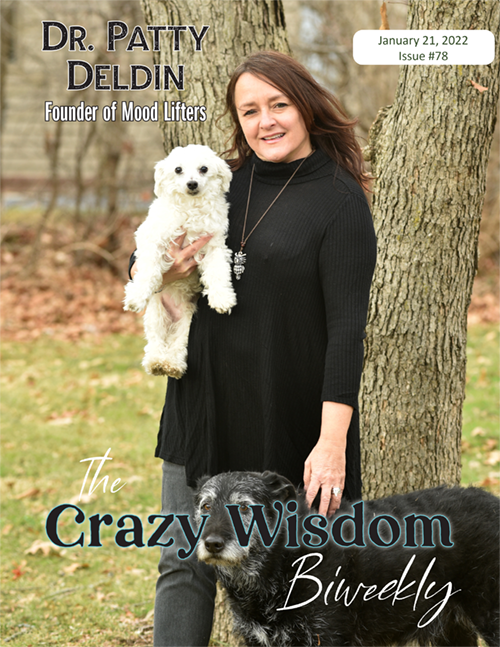




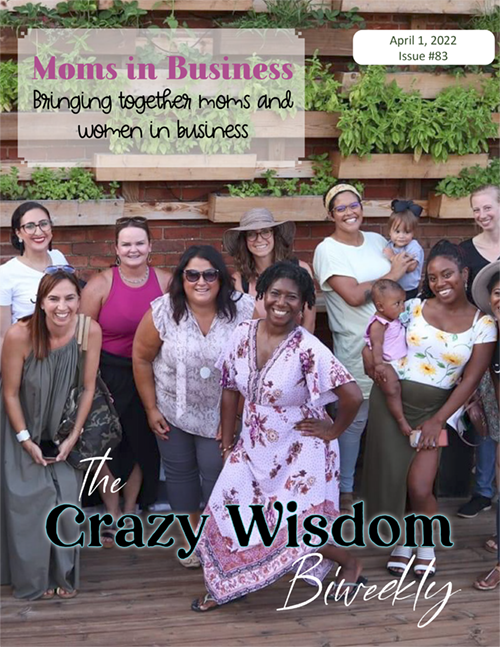

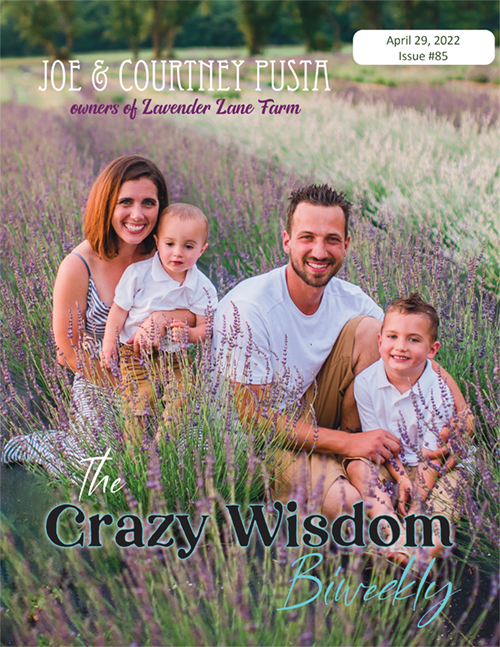


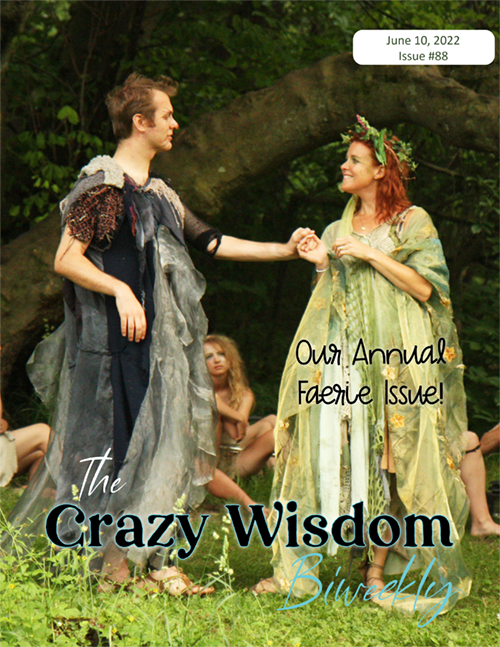


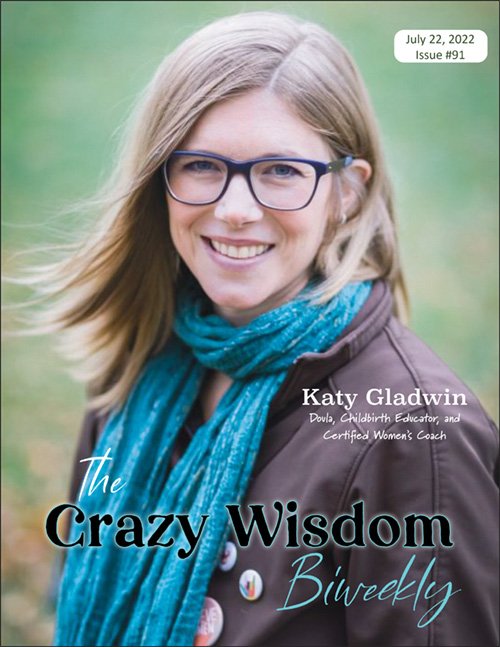

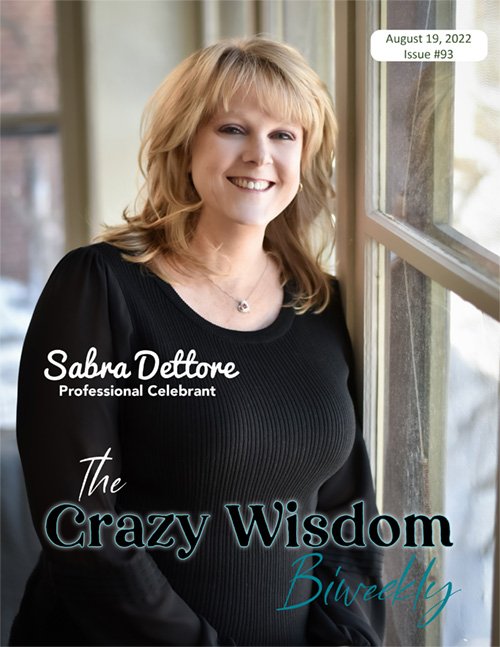















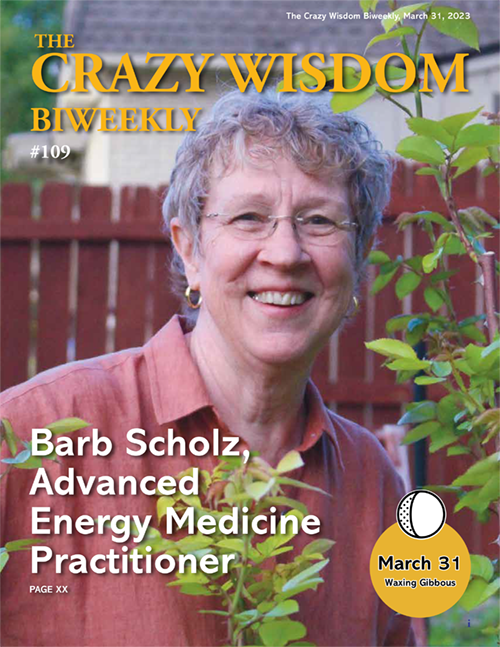
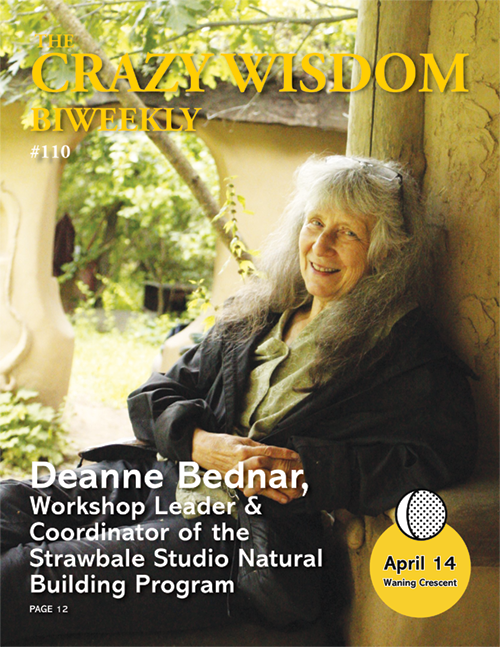




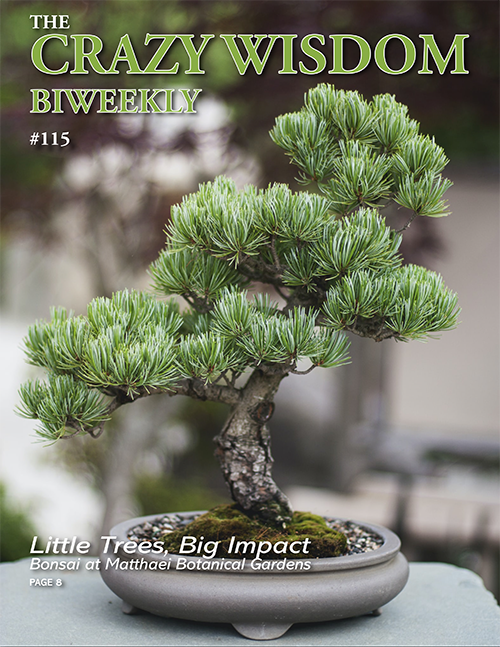
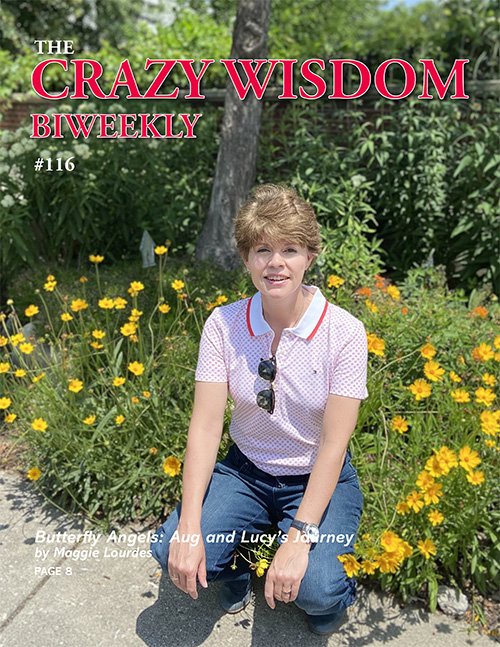




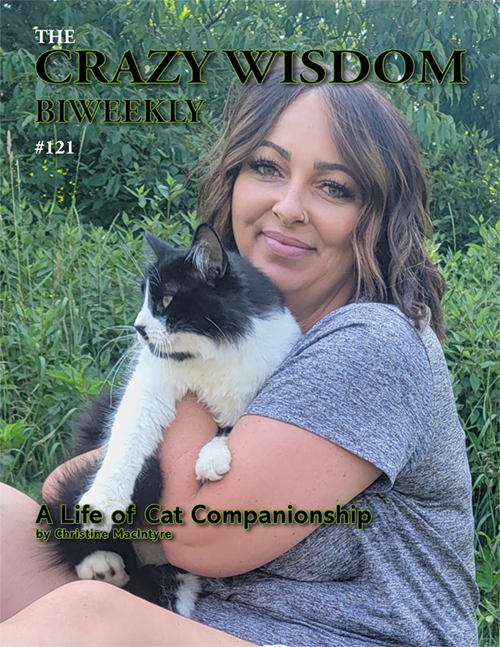










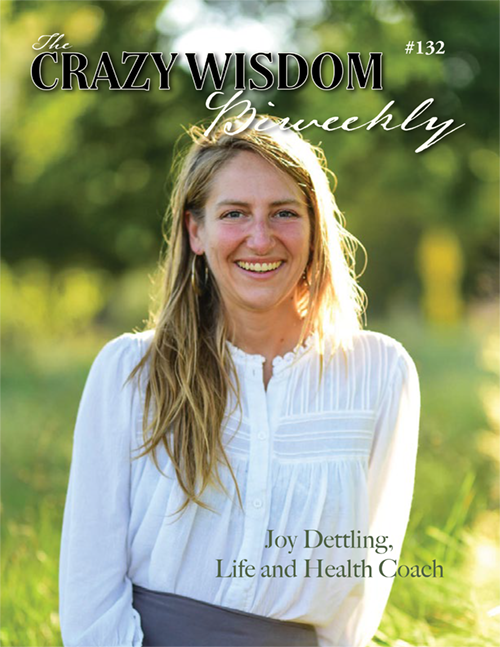













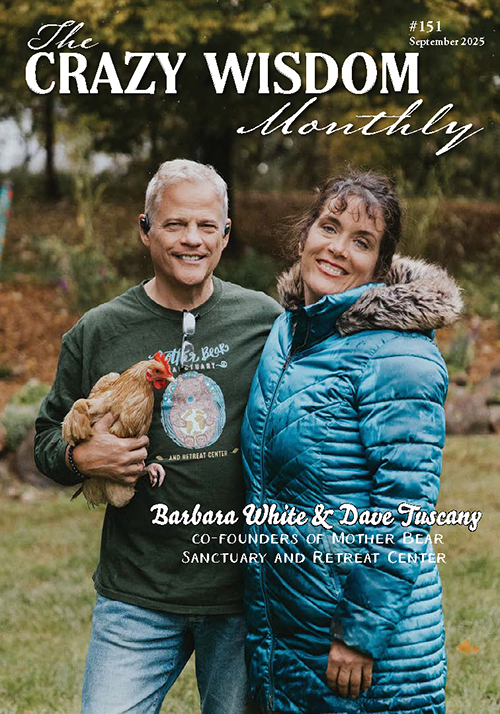
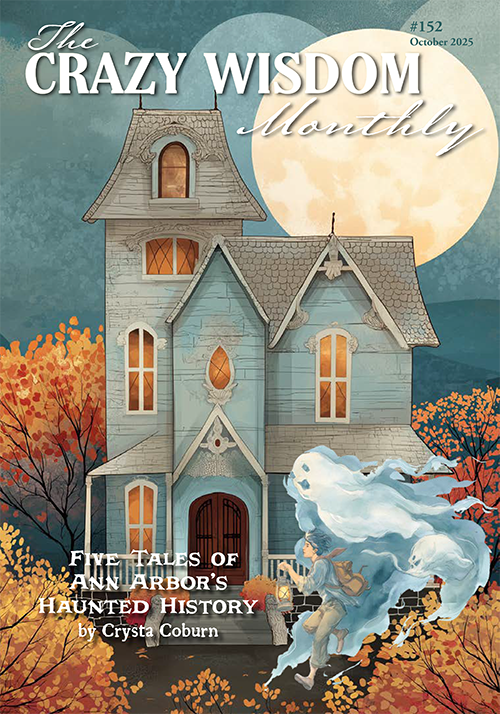










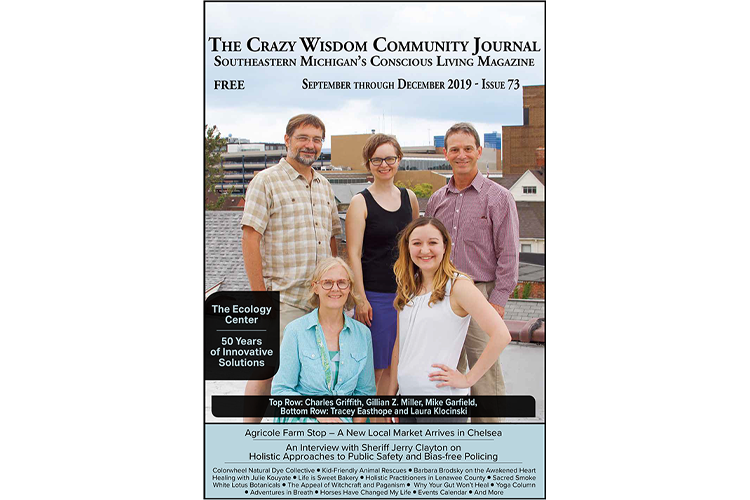



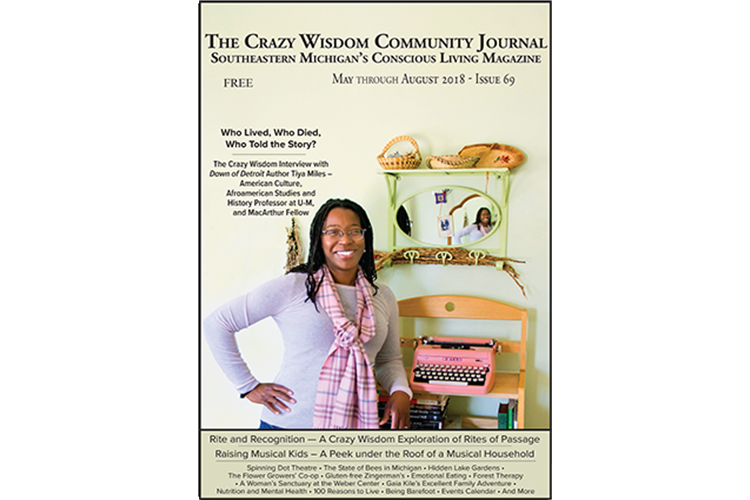

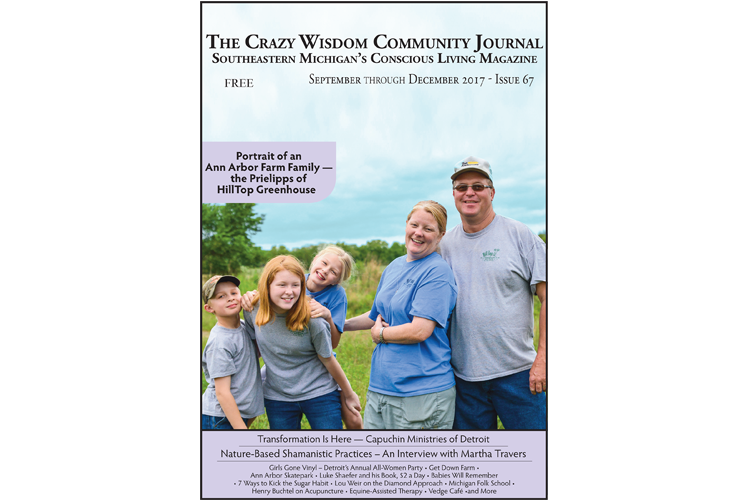




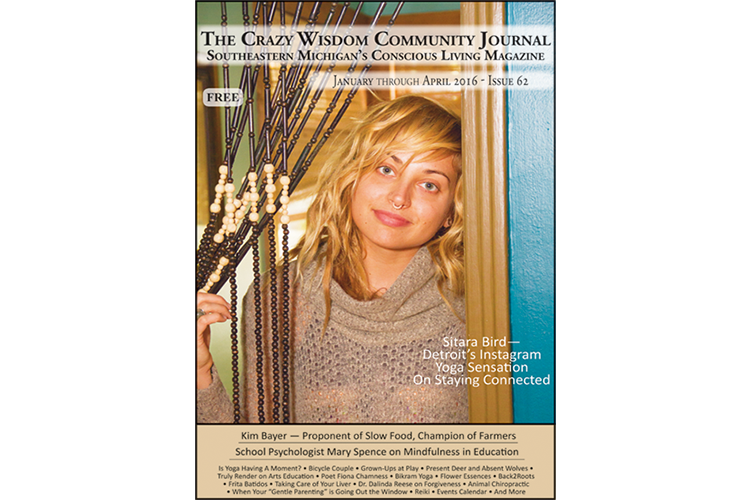




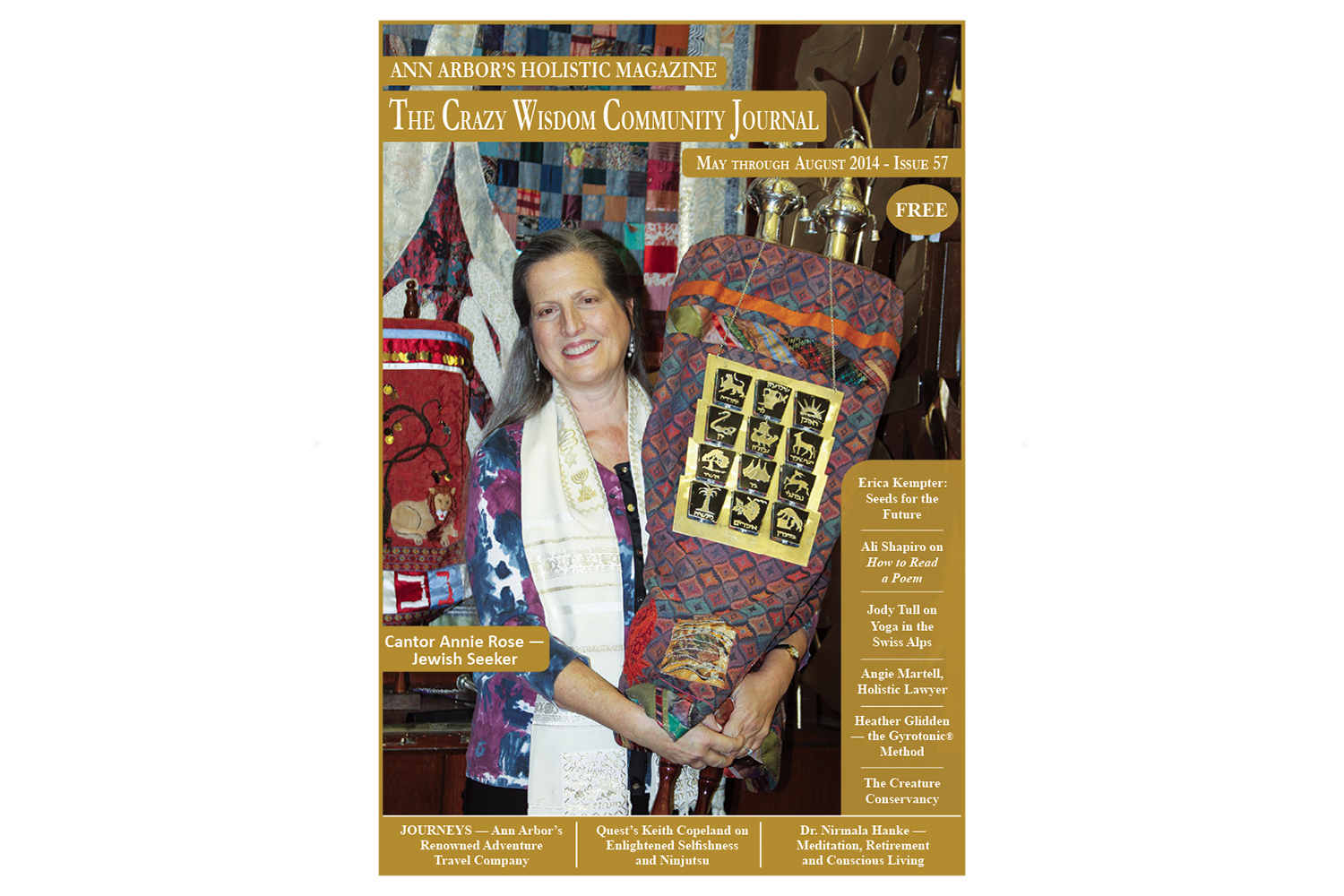

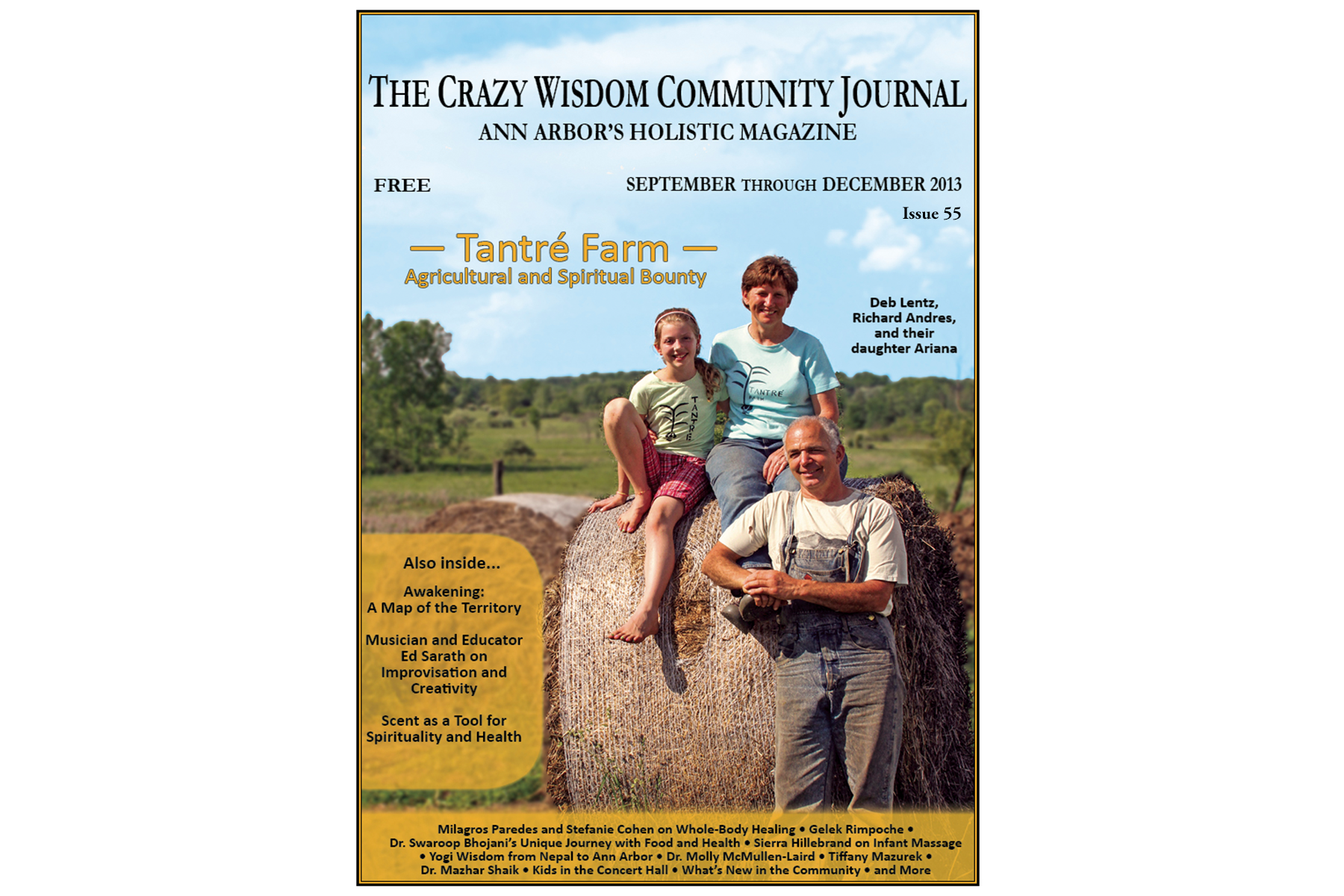
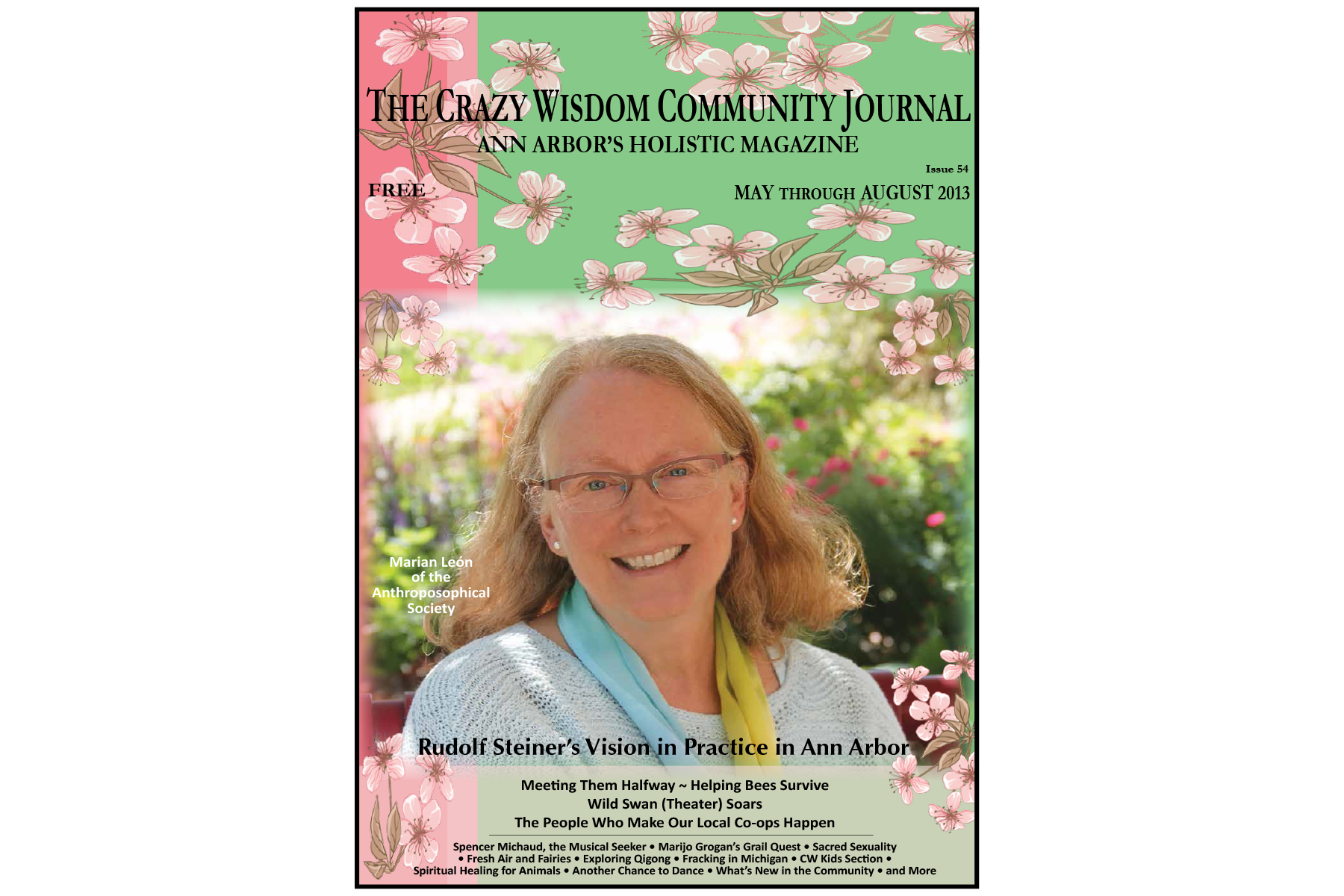

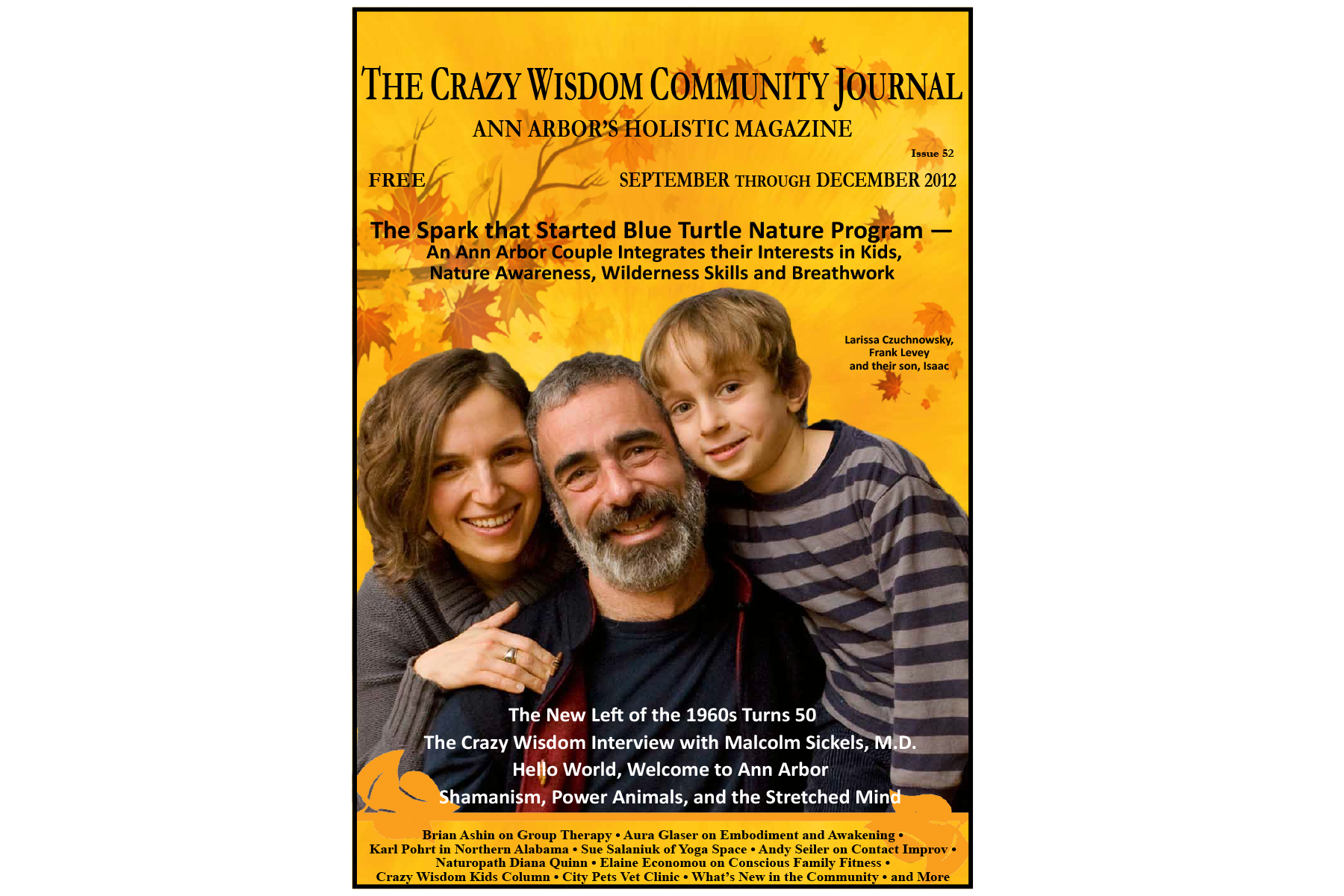
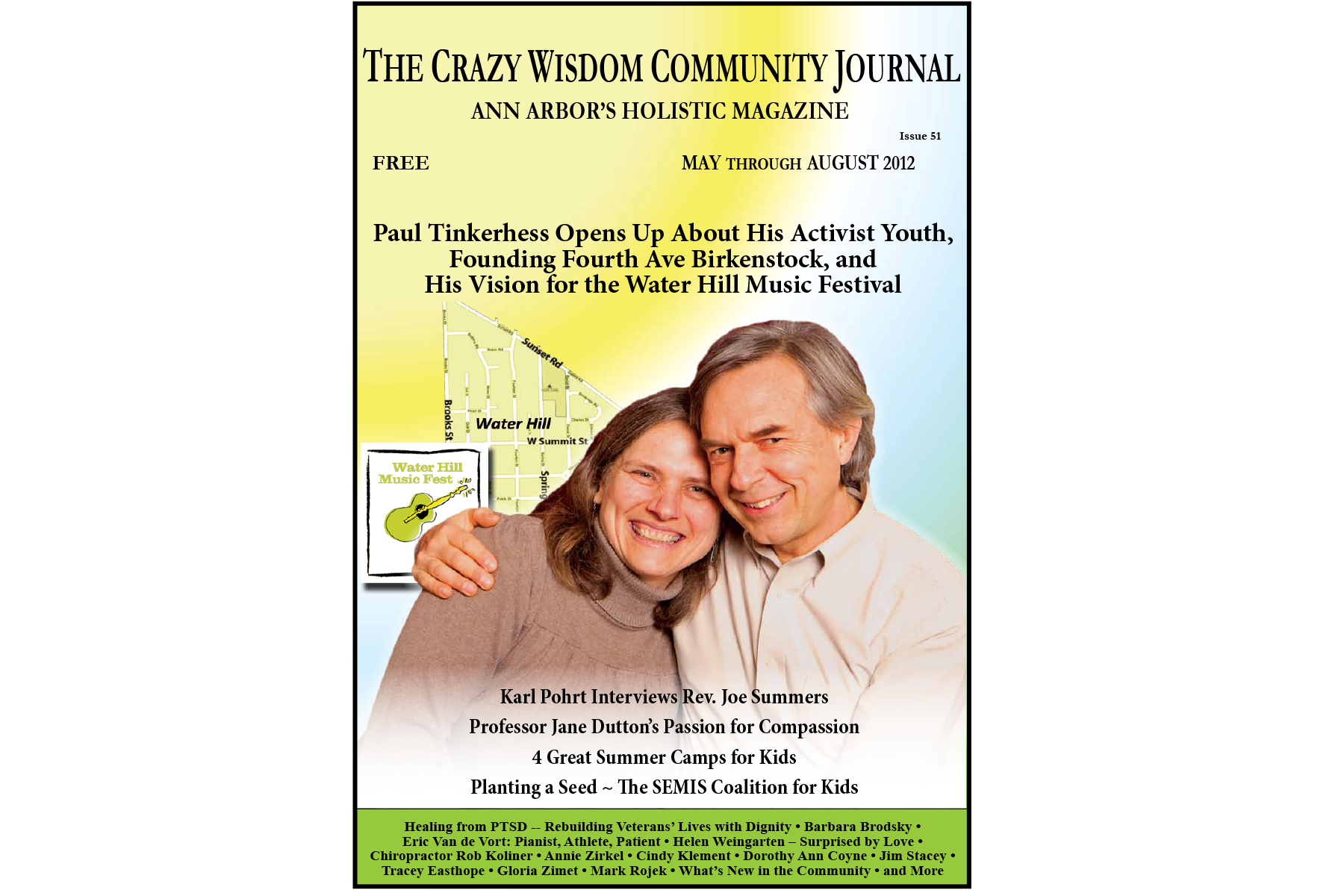

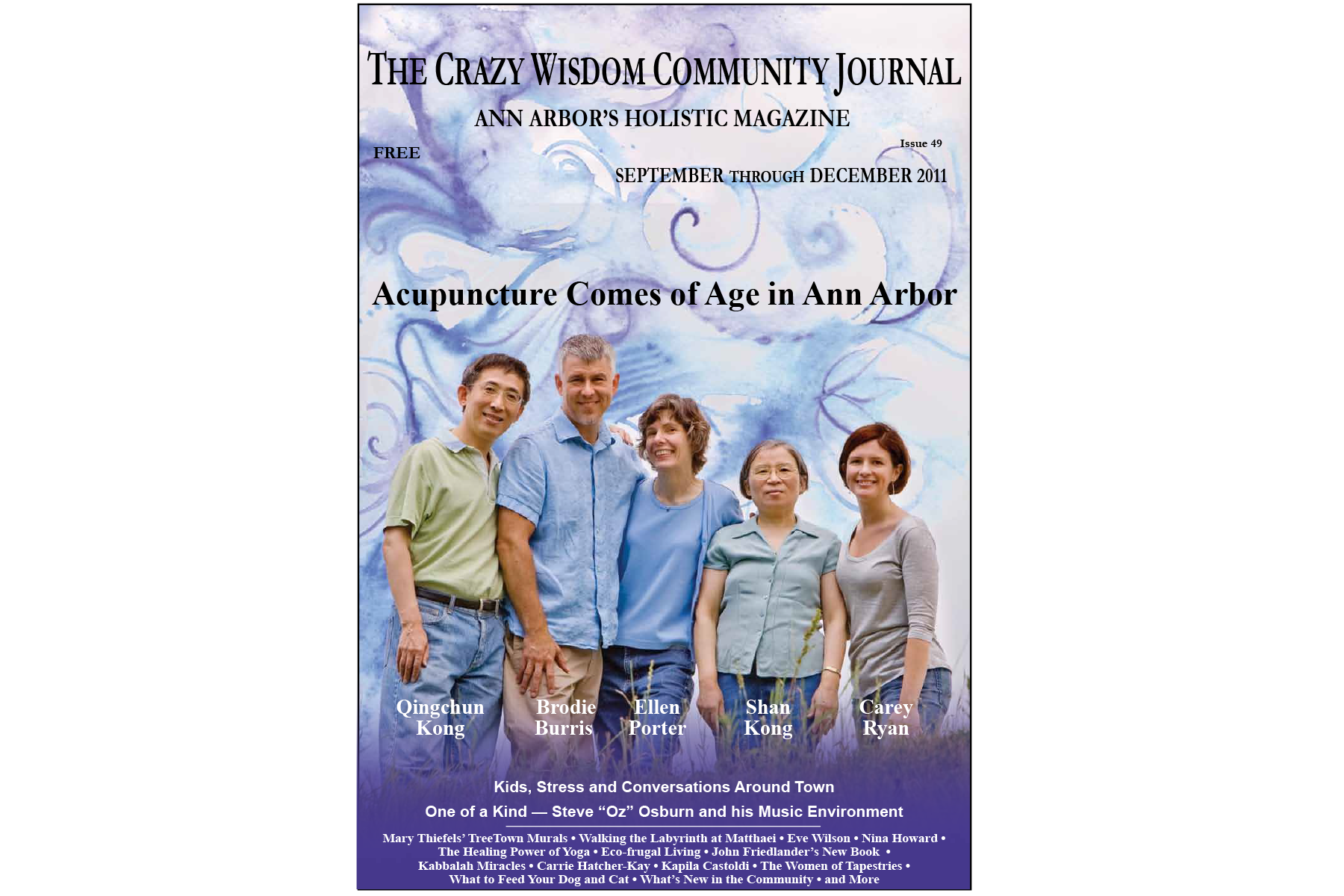
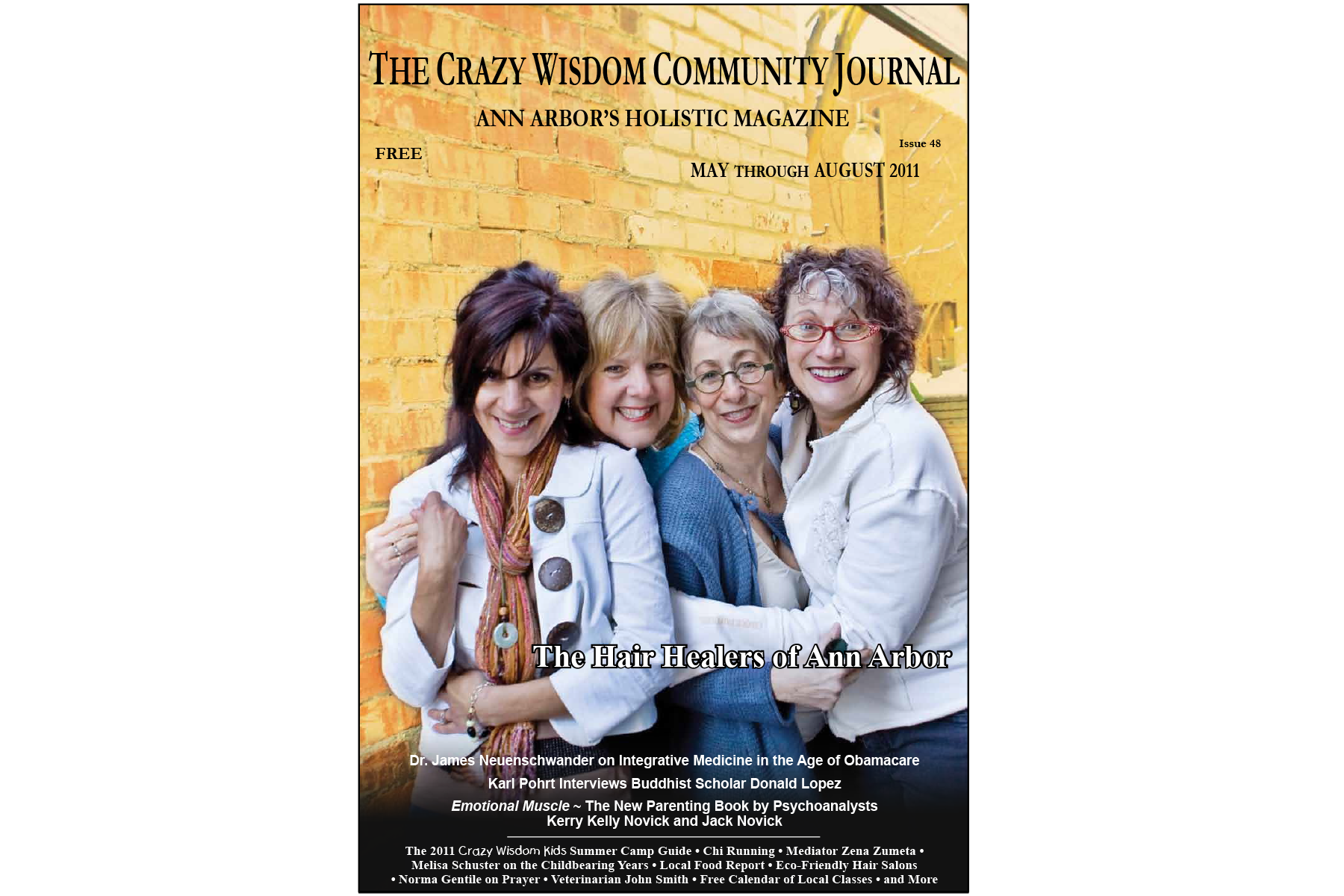

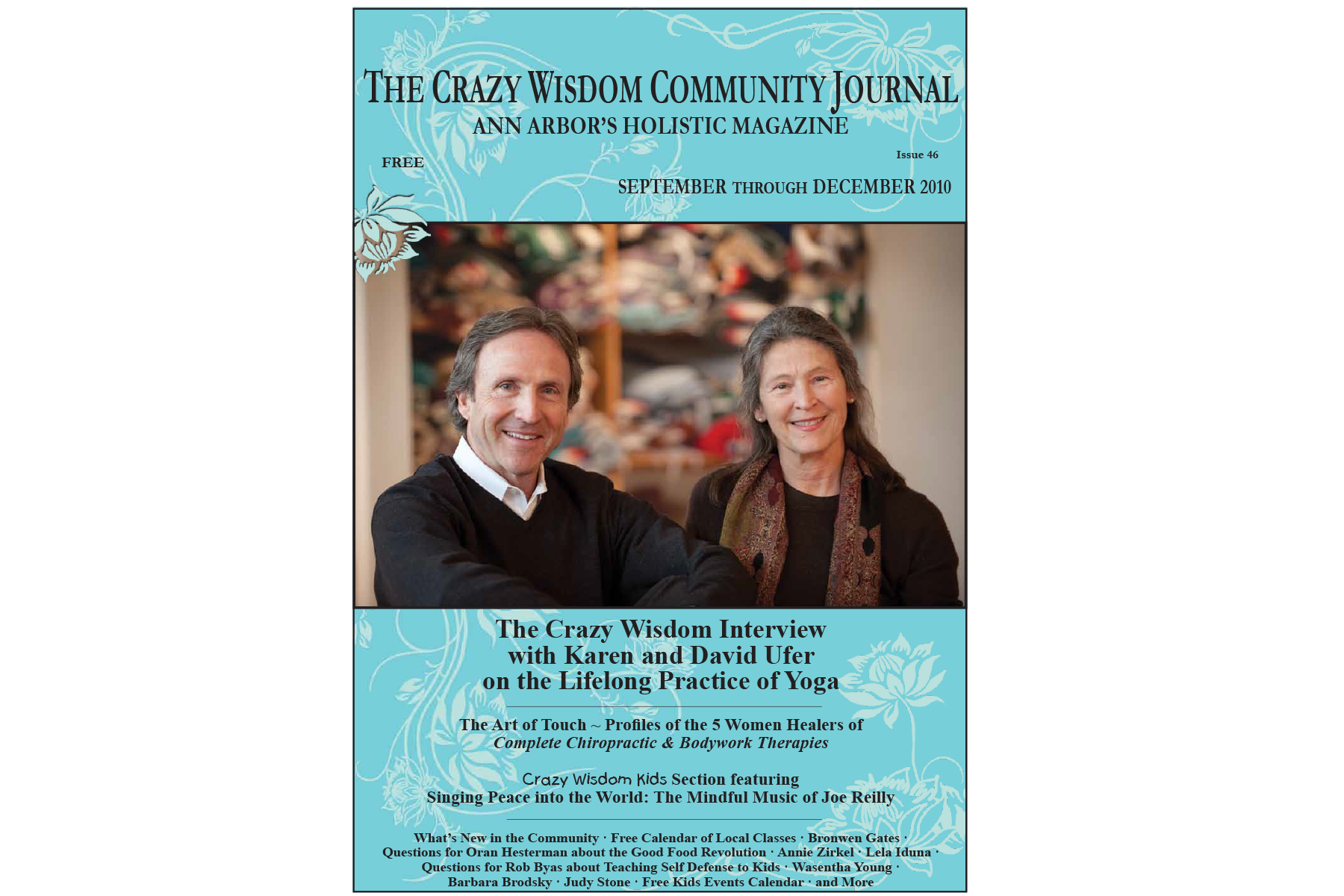

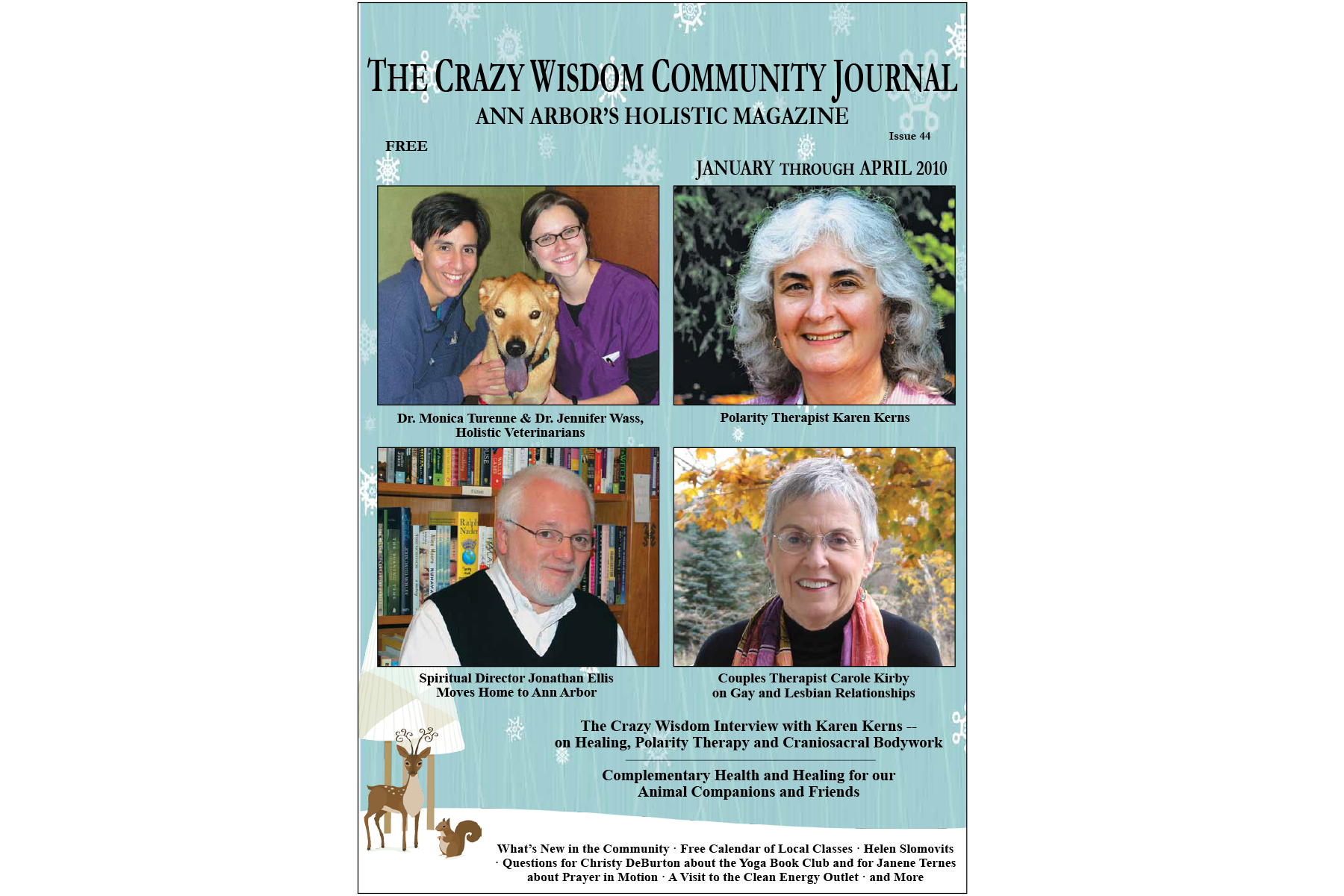



Whether you enjoy watching birds flit about casually, are a dedicated birder, or keep a bird feeder going, it is likely some of our beautiful year-round birds have caught your eye on more than one occasion. For centuries, humans have observed birds for signs and omens (called augury or ornithomancy) as well as told stories illuminating the lessons birds carry. Birds have a wealth of wisdom to share with us, and this article highlights several of our year-round winged teachers who can be called on at any time in our hearts and, with some bribing, in our yards. These Michigan loyalists are the Black-Capped Chickadee, the Blue Jay, and the Northern Cardinal.